So, you are a C-suite executive, Vice President, Director, Manager, Senior, or Staff financial professional and...
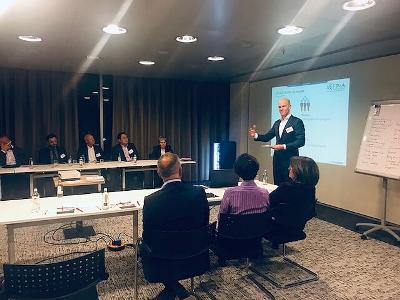 “Coming together is a beginning. Keeping together is progress. Working together is success.”
“Coming together is a beginning. Keeping together is progress. Working together is success.”
Henry Ford
The role of FP&A in business has changed drastically during the past few years. ‘Strategic advisor’, ‘change agent’, ‘business partner’: these terms are very characteristic for the new trends that are arising in the world of FP&A. The subject of building an effective FP&A team that would play according to the ‘new rules’ is a much-discussed topic.
During the last meeting of the Amsterdam FP&A Board organized by FP&A Trends Group, on 6th November, this topic also brought up an interesting discussion. In the article, I would like to give you a short overview of the main opinions on this subject proposed by 43 leaders of Finance of global companies that have been discussed during the abovementioned event.
Clarifying the vision
The first step in optimizing your team, is re-assessing your vision on the role of FP&A in the strategic development of the company. You can clarify your vision by answering several questions:
- Who are your key ‘customers’ within your company and what are their core needs?
One of the assumptions we make is that your key ‘customers’ are the management team on different organizational levels, from the top management to the operational level. Their core needs lie in the area of effective decision making.
- What value can FP&A deliver to the ‘internal’ customers?
Your key value proposition to your customers supports the decision making process to:
– Increase sales
– Reduce costs
– Improve gross margin, including product and customer gross margins.
- How will you achieve it?
There are many ways to do it, but the most important one is to proactively develop business partnering by optimizing your FP&A team.
The next part is the optimization of your FP&A business capabilities (we will discuss in our future publications).
Once your vision is clearly defined, it is time to get buy-in from your top management to support this change initiative.
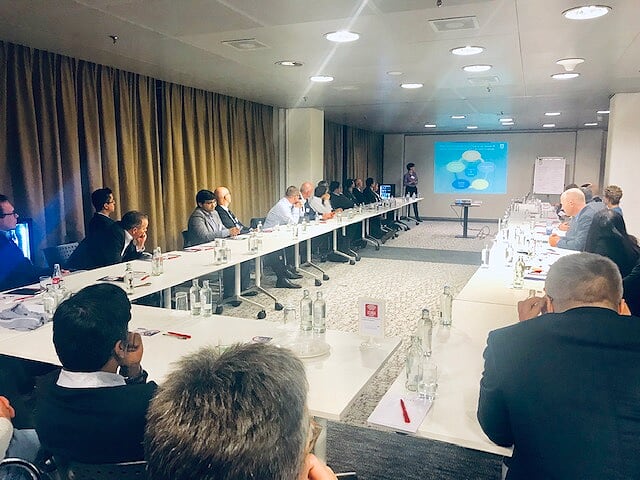
Figure 1: Amsterdam FP&A Board Members (November 2018)
Gap analysis
The second step is assessing which FP&A roles are required to perform the new set of FP&A capabilities and would fit with your new vision. These roles will require corresponding skills.
Next to traditional roles, there are some new ones which are appearing as a result of the changes within the FP&A world. Think, for example, of ‘FP&A architect’, ‘analyst’, or ‘influencer’. Once you have defined the roles, connect these roles to the required skills. Skill matrices are most commonly used tools in this case. While building such matrices, make mapping between FP&A capabilities, roles and skills.
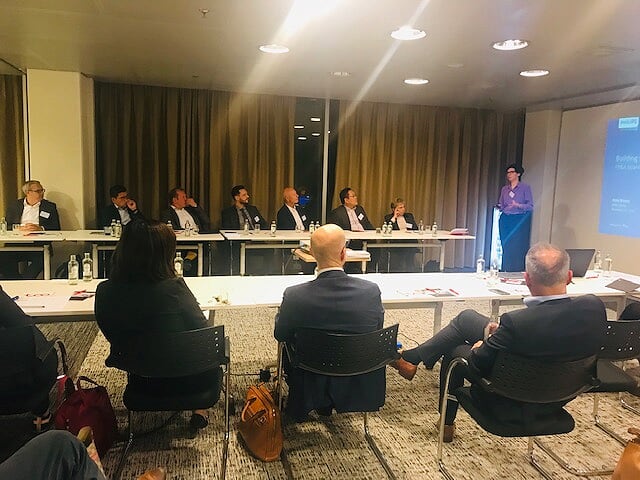
Figure 2: The Amsterdam FP&A Board Members discussed the essentials for building an FP&A team
Forming the team
Now you are ready to assess the skills which your team currently possesses, and whether there are some that need to be developed. This is a crucial moment. It doesn’t only concern professional skills, the ‘soft’ skills are just as important, and can even be key to bringing the concept of business partnering to the new level.
During this stage, you can map the skills matrix to each individual in your team. By doing this, you will achieve a few things: first, you will be able to assess the level of potential development of each employee. Secondly, you will be able to specify the training requirements for each one of them. And finally, last but not least, you will be able to assess the staffing requirements: will your current team be able to fulfill all your new requirements, perhaps by developing themselves, or do you need some ‘fresh blood’?
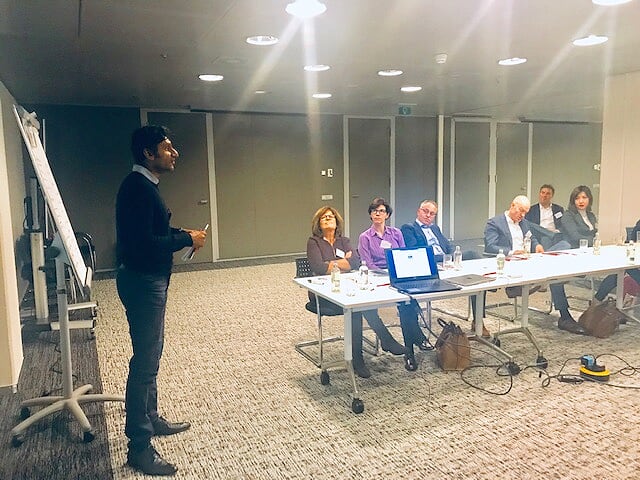
Figure 3: Amsterdam FP&A Board Members (November 2018)
Training and diversifying the team
As a result of the previous step, you are now able to start bringing changes into your team. Keep in mind that there is not only need for individual training and development, but it is also necessary for the team as a whole to learn how to act and collaborate more efficiently.
The FP&A Board has come up with the following tips during the discussion:
- Pay attention to the attitude and personality of each team player. The skills they possess should be complementary to each other.
- Explore the idea of diversification within your team while also ensuring the team’s sustainability. Next to their core skills, every team member should be able to back up their colleagues.
- Pay attention to developing and safeguarding the knowledge of your business within your team. It is very important for companies that have multiple products and markets. Support information sharing within your team and with other business teams within your organization’s ecosystem.
- Align the objectives of the group and the individuals. Create a motivating environment.
- Motivate rotation within your team and within other financial, risk, and business functions.
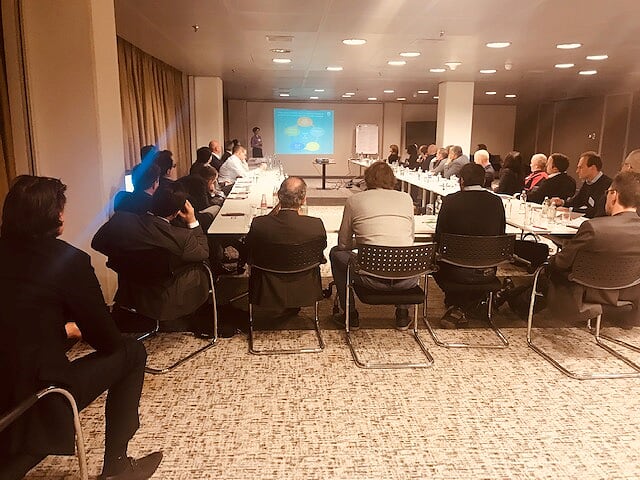
Figure 4: Amsterdam FP&A Board Meeting (November 2018)
Continuous improvement
All that you have read above, is not a one-off exercise. The change management should be embedded into all of the FP&A practices should be focused on continuous improvement. This 5-step approach is on purpose shown in the form of a closed circle.

Figure 5: The Five-Step Approach for Continuous Improvement
As soon as you are done with the first round of changes, you will find yourself at the beginning again, and you can start round 2: assessing changes in your environment and adapting the FP&A function. The secret for success is creating an open and creative work environment for business partnering.
The Amsterdam FP&A Board meeting was sponsored by Anaplan and Michael Page / Page Executive
Subscribe to
FP&A Trends Digest

We will regularly update you on the latest trends and developments in FP&A. Take the opportunity to have articles written by finance thought leaders delivered directly to your inbox; watch compelling webinars; connect with like-minded professionals; and become a part of our global community.




